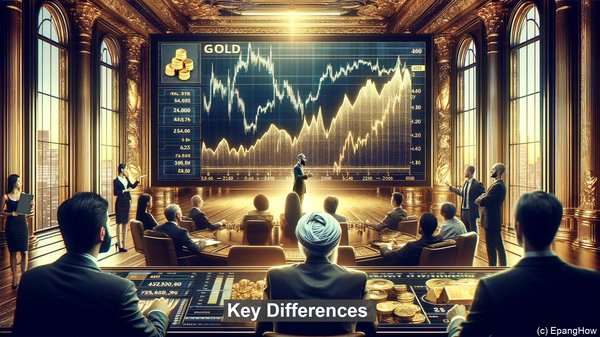Introduction
Hello everyone! Today, we’re going to explore a fundamental aspect of economics: inflation. However, we’ll be focusing on two specific types – wage inflation and price inflation. While they may sound similar, they have distinct characteristics and implications. So, let’s dive in!

Defining Wage Inflation
Wage inflation refers to the increase in wages or salaries over a specific period. It signifies a rise in the cost of labor for employers. Several factors contribute to wage inflation, such as labor market conditions, demand for specific skills, and government policies. Wage inflation can have both positive and negative effects. On one hand, it can enhance consumer purchasing power, leading to increased demand and economic growth. On the other hand, it can also lead to higher production costs for businesses, potentially resulting in reduced profitability or increased prices for goods and services.

Understanding Price Inflation
Price inflation, on the other hand, refers to the general increase in the prices of goods and services in an economy over time. It is often measured using an index, such as the Consumer Price Index (CPI). Price inflation can be influenced by various factors, including changes in production costs, supply and demand dynamics, and monetary policies. While moderate price inflation is generally considered healthy for an economy, as it indicates growth, high or rapid inflation can be detrimental. It erodes the purchasing power of consumers, reduces savings’ value, and can lead to economic instability.
Key Differences
Now that we’ve defined both wage inflation and price inflation, let’s highlight their key distinctions: 1. Nature: Wage inflation is specific to labor costs, while price inflation encompasses the overall increase in prices. 2. Measurement: Wage inflation is typically measured by tracking changes in average wages, while price inflation is measured using indices. 3. Impact: Wage inflation can directly affect individuals’ income and purchasing power, while price inflation affects the cost of living for everyone. 4. Causes: Wage inflation is often driven by labor market dynamics, while price inflation can be influenced by a range of factors, including supply and demand, production costs, and government policies.
